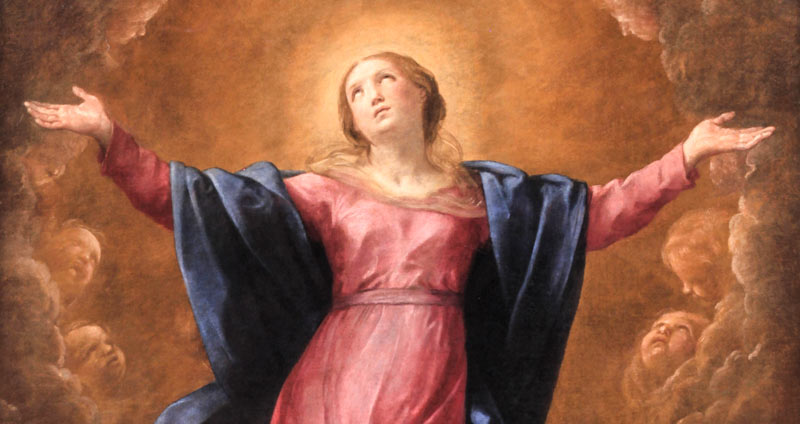
Each May, the Church turns its gaze to Mary. From processions to more richly decorated statues, “May” and “Mary” are separated by only one letter for a reason.
May had special import in Christian antiquity. The annual Jewish calendar began with Abib, meaning “fresh fruit.” It corresponds to our April and it was the first month of the Jewish calendar because in it God freed the Israelites from the Egyptians like fruit picked from the earth.
The second month, Zif, is our May and during it both 1 Kings and 2 Chronicles tells us that construction, and subsequent completion of the Lord’s temple in Jerusalem occurred. For the early Church, these months were respectively associated with the new Passover of Jesus’ resurrection and the worldwide spreading of His temple, the Church.
In 1 Corinthians, St. Paul describes Christ as the “firstfruits” of those who have died because He came out of the tomb like fruit from the earth. The cross was the fertilizer, the resurrection was the harvest, and the ascension was the foretaste of divinity.
In agrarian Christian culture, these events were applied to everyday life.
By the Franco-Germanic milieu of the 14th century, the faithful celebrated a “spiritual May” by observing the Feast of the Finding of the True Cross on May 3, and then by celebrating a special week of devotion to the cross before Ascension Thursday.
These considerations made association with the “spiritual May” and “weather blessings” a no-brainer. If Christ’s cross leads to the firstfruits of death, then observation of the cross, resurrection and ascension is a perfect time to pray for divine favor over the land that, at least in the northern hemisphere, yields its fruits plentifully in May.
Popular Christian piety had long referred to the Blessed Virgin Mary as “the Temple of the Lord” because she carried the Messiah in her womb. If the ancient dwelling place of God was started and completed in May then it made sense to honor Mary in May as the new temple of the Lord without whose cooperation the harvest of resurrection could not be possible.
By the 1700s, the Jesuit community spread the devotion of May as a month of Mary. It is thought this started at the Jesuit Roman College where Father Latomia observed a general decline in morality amongst the students and decided to commend them, and call their attention to, the positive spiritual fruits of the Madonna.
The expression “April showers bring May flowers” is common. As a month of new life, May is a perfect time for believers to entrust themselves to the humble woman without whose free choice the divine fruit of eternal life would never have been known.
The liturgical renewal of Vatican II reemphasized focus on the 50 days of the Easter season, but that need not supplant Mother May as a time to honor Mother Mary. Without the cooperation of the fairer gender, there would be no Jesus, no resurrection, no Eucharist. Mary deserves a month!
